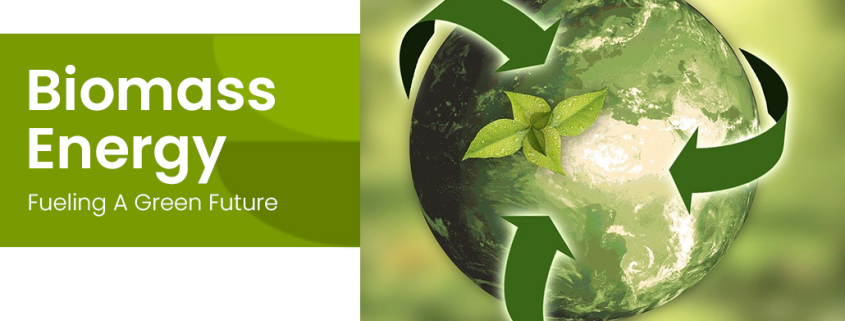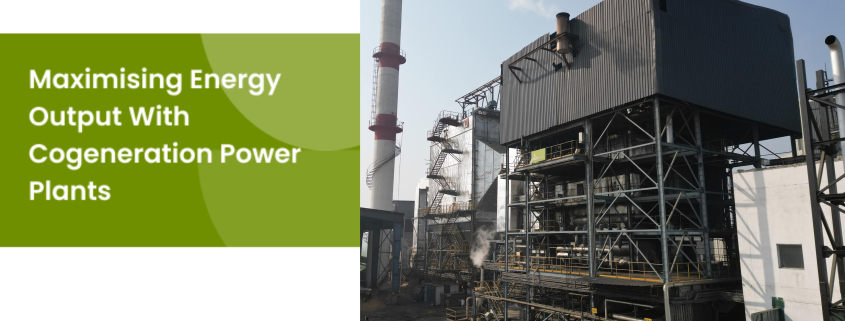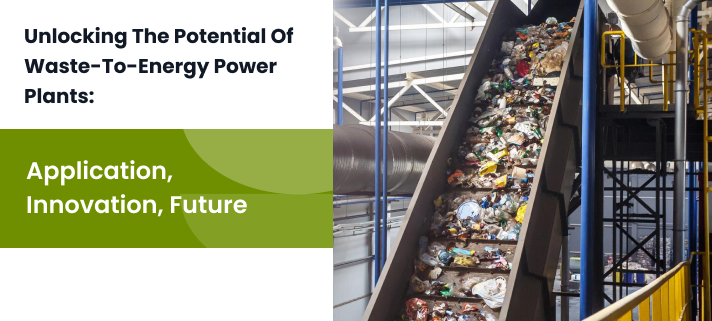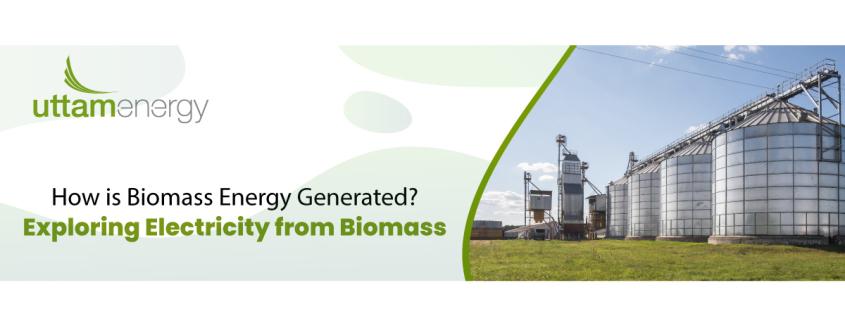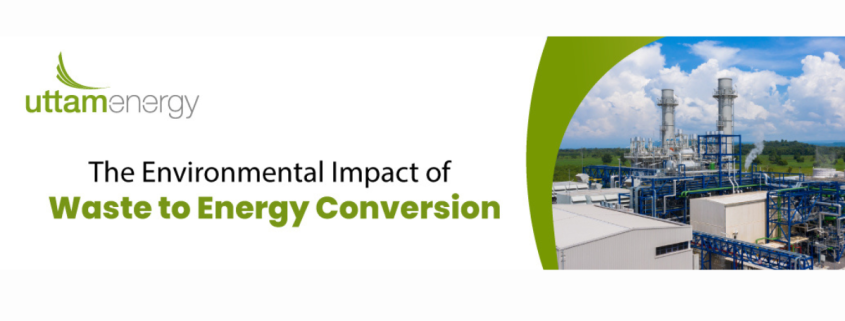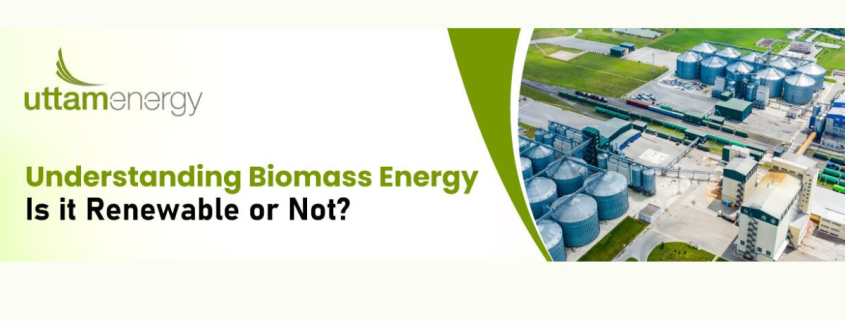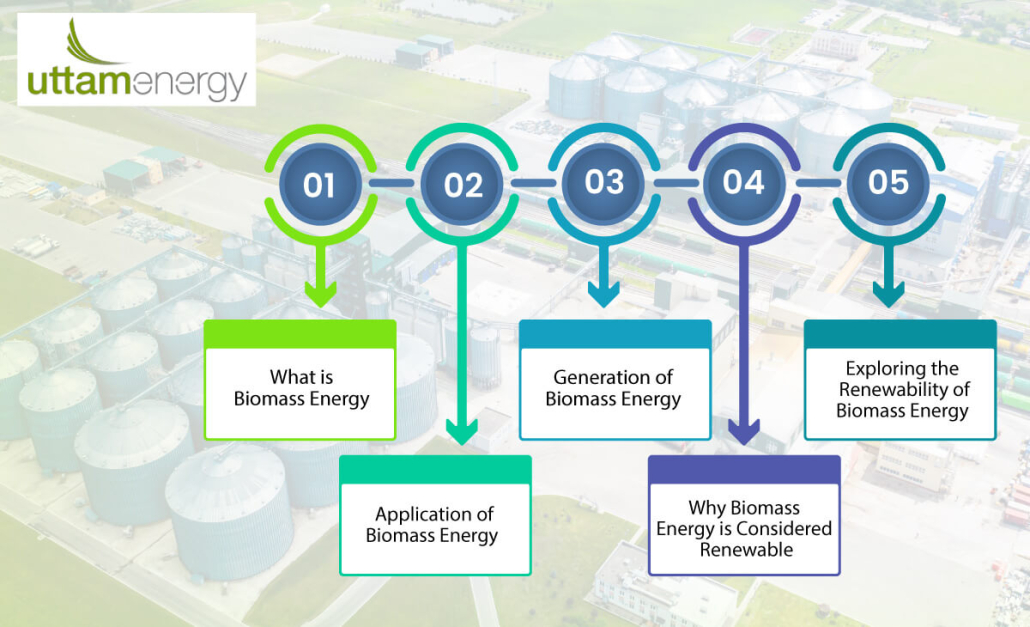Biomass Energy: Fueling A Green Future
The urgency for energy transition is more critical than ever. It is essential to find alternative solutions for power generation. As the world grapples with this concern, biomass presents as a promising resource for renewable energy generation.
This blog explores the benefits associated with biomass energy power plants, elaborating on why we need more green energy solutions.
In this blog, you will learn:
- Types of renewable energy sources
- Benefits of biomass energy
- Factors that make biomass energy a green alternative
- Statistics around biomass energy
- Uttamenergy’s biomass energy solutions
Types of renewable energy sources
There are many types of biomass sources. For instance, agriculture residue waste. It includes biomass sourced from harvested crops, forests, and agricultural leftovers such as wood chips, paddy straws, corn cobs, mustard stalks, napier grass, rice husks, groundnut shell, coconut shell, palm empty fruit bunch (EFB), etc. Biomass from municipal waste includes organic matter, paper, textiles, horticulture and plastics
Benefits of biomass energy
1. Biomass is a renewable resource: Biomass is a versatile resource derived from organic materials, such as wood, food waste, agricultural residue, and paper, among other materials.
2. It helps reduce waste: Biomass energy can convert municipal solid waste into usable energy, reducing waste in landfills.
3. It is carbon neutral: Biomass is often considered carbon neutral because the carbon dioxide released during combustion is offset by the carbon dioxide absorbed by plants during their growth. This closed carbon cycle can reduce net greenhouse gas emissions, helping to slow down climate change.
4. Reduces reliance on fossil fuels: Biomass reduces the overreliance on fossil fuels, which have a limited supply and cause environmental issues through carbon dioxide emissions and pollutants.
5. Revenue source: Biomass production can add a revenue stream for manufacturers by converting waste into a profitable energy source.
6. Biomass is an abundant resource: Biomass sources can be found nearly anywhere, reducing the limited availability associated with fossil fuels.
Factors that make biomass energy a green alternative
The renewability of biomass energy depends on multiple factors. From responsible sourcing of biomass to using efficient conversion technologies that ensure minimal emissions, and more, several factors are critical for making biomass energy a renewable alternative to fossil fuels. Here are some of the factors:
- Responsible resource management: Renewable biomass production requires responsible resource management practices, such as obtaining biomass from well-managed forests or dedicated energy crops grown on available agricultural land without causing deforestation or encroachment into natural habitats.
- Efficient conversion technologies: Biomass energy systems should be designed and operated to maximise energy efficiency and minimise emissions.
- Environmental and social impacts: Proper management of environmental and social effects is crucial for biomass sustainability, including addressing potential issues such as air and water pollution, soil degradation, and impacts on biodiversity.
- Efficient energy systems: The production of biomass energy requires an efficient energy system — the sourcing and removal of biomass residue to energy production plants — if not designed and engineered well, could have negative environmental, social, and economic impact.
Biomass energy statistics and facts
- The Southeast Asia biomass market was expected to reach USD 7.79 billion by 2030.
- The key factors driving the Southeast Asia biomass market are surging electricity demand, which necessitates reliable sources and government policies promoting renewable energy like biomass.
- As of March 31, 2023, India’s biomass power potential was estimated at 28,447 MW, which accounts for approximately 1.35% of the total renewable power potential in the country. (Energy Statistics India 2024, MOSPI)
- The Asian region is witnessing growing investments in advanced biomass technologies, including gasification and anaerobic digestion, to improve efficiency and reduce environmental impacts.
- Renewable sources power nearly 30% of energy consumption in the electricity sector. (UN).
- The global use of biomass for energy has increased continuously and has doubled in the last 40 years.
- The future potential for energy from biomass depends to a great extent on land availability. Currently, the amount of land devoted to growing crops for bioenergy is only 25 million hectares or 0.19% of the world’s total land area.
- Biomass accounted for approximately 5% of total U.S. energy consumption in 2023, with wood being the predominant source (The U.S. Energy Information Administration).
- Europe wants 27% of its energy to come from renewable sources by 2030. Bioenergy has the potential to help reach this goal.
Uttamenergy’s biomass energy capabilities
Uttamenergy offers extensive biomass energy solutions, including manufacturing, maintenance, equipment, and consulting services. Their skilled engineering team possesses in-depth knowledge of biomass power plants and steam boilers. Uttamenergy has a strong history of designing and commissioning over 300MWe capacity power plants worldwide.
Their experience enables them to maintain a capable workforce and efficient systems for timely project delivery. Uttamenergy’s biomass energy offerings include:
- Biomass-powered steam boilers: Production of high-performance steam boilers using diverse biomass sources.
- Specialised boilers: Boilers designed for specific biomass types such as palm waste, Napier grass, and vinasse/slop.
- Fluidised bed boilers: Boilers engineered for the efficient combustion of biomass materials.
- End-to-end solutions: Comprehensive biomass solutions, including maintenance, consulting, equipment, water treatment, electrical design, and power evacuation switchyards.
Conclusion
It’s clear that energy is absolutely essential for progress. Rising demand for energy security worldwide, regional disparities, the threat of climate change, and the need for reliable energy sources all underscore the urgency of shifting to a clean, efficient, and eco-friendly energy system.
That’s why governments, researchers, and companies around the world are actively seeking alternative energy sources, particularly those that are renewable and locally available.
Uttamenergy is at the forefront of this effort, providing sustainable and renewable energy solutions for diverse industries and regions. With its expertise in biomass energy, Uttamenery is a valuable partner for businesses of all kinds. If you’re exploring biomass energy solutions for your power plant, contact Uttamenergy.

